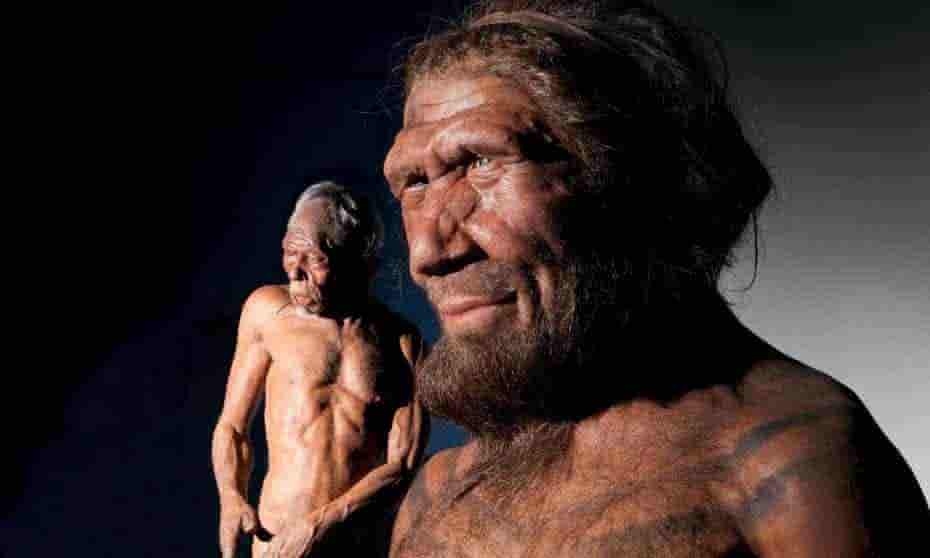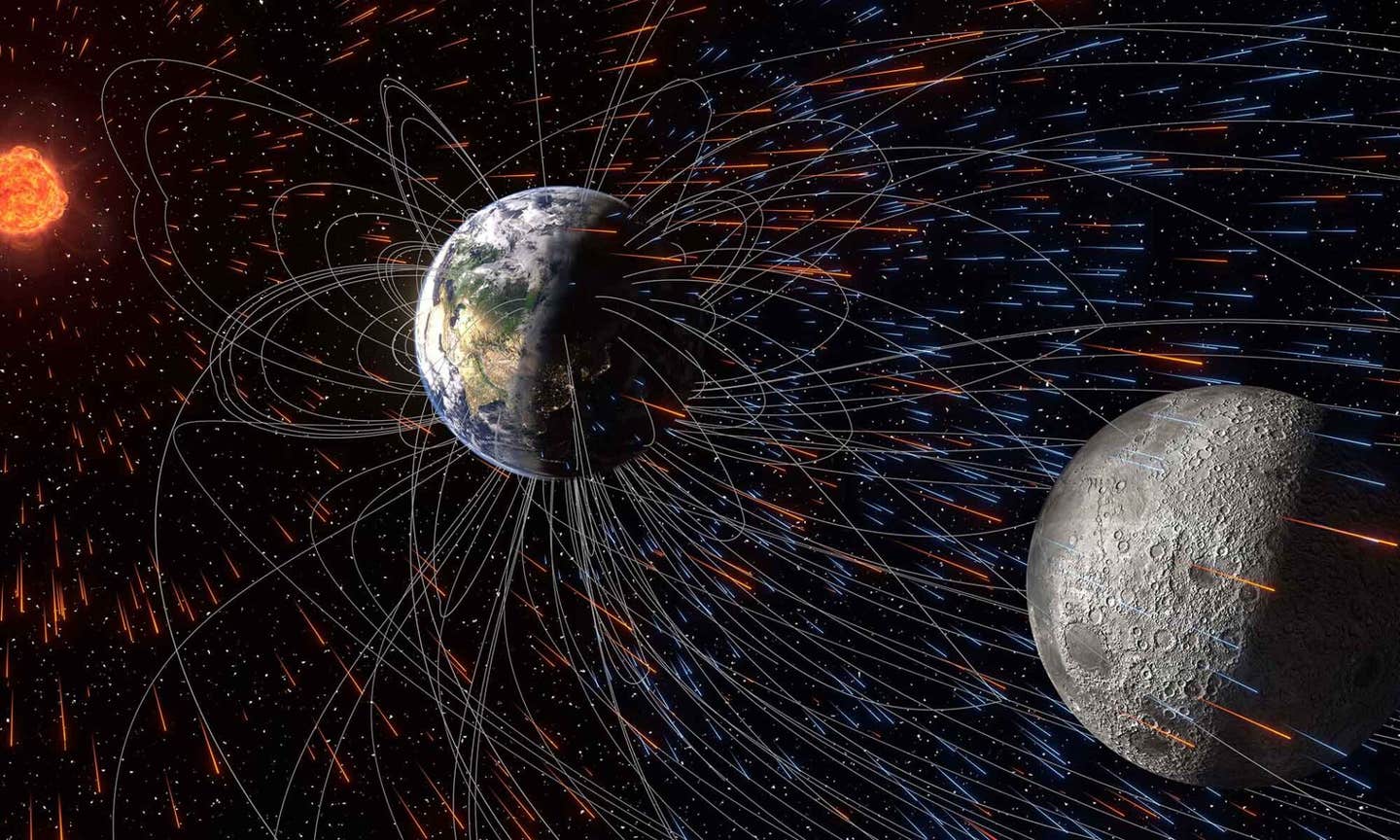When and why did human brains decrease in size 3,000 years ago?
The brain is the most complex organ in the human body. Now, a new study has brought us closer to understanding some of its evolution.

[Oct 23, 2021: Frontiers]
Human brains decreased in size approximately 3,000 years ago. (Credit: Kevin Webb/NHM Image Resources/The Natural History Museum, London)
The brain is the most complex organ in the human body. Now, a new study has brought us closer to understanding some of its evolution. It shows that human brains decreased in size approximately 3,000 years ago. By studying ants as models to illustrate why brains may increase or decrease in size, the researchers hypothesize that brain shrinkage parallels the expansion of collective intelligence in human societies.
Studying and understanding the causes and consequences of brain evolution helps us understand the nature of humanity. It is well documented that human brains have increased in size over the course of our evolutionary history. Less appreciated is the fact that human brains have decreased in size since the Pleistocene. When exactly these changes happened, or why, was not well known.
“A surprising fact about humans today is that our brains are smaller compared to the brains of our Pleistocene ancestors. Why our brains have reduced in size has been a big mystery for anthropologists,” explained co-author Dr Jeremy DeSilva, from Dartmouth College.
To disentangle this mystery, a team of researchers from different academic fields set out to study the historical patterns of human brain evolution, comparing their findings with what is known in ant societies to offer broad insights.
“A biological anthropologist and a behavioral ecologist and evolutionary neurobiologist began sharing their thoughts on brain evolution and found bridging research on humans and ants might help identify what is possible in nature,” said co-author Dr James Traniello, from Boston University.
Their paper, published in Frontiers in Ecology and Evolution, sheds new light on the evolution of our brain.
Related Stories
A recent size decrease
The researchers applied a change-point analysis to a dataset of 985 fossil and modern human crania. They found that human brains increased in size 2.1m years ago and 1.5m years ago, during the Pleistocene, but decreased in size around 3,000 years ago (Holocene), which is more recent than previous estimates.
“Most people are aware that humans have unusually large brains – significantly larger than predicted from our body size. In our deep evolutionary history, human brain size dramatically increased,” said Traniello. “The reduction in human brain size 3,000 years ago was unexpected.”
The timing of size increase coincides with what is previously known about the early evolution of Homo and the technical advancements that led to, for example, better diet and nutrition and larger social groups.
As for the decrease in brain size, the interdisciplinary team of researchers propose a new hypothesis, finding clues within ant societies.
What could ants teach us about human brain evolution?
“We propose that ants can provide diverse models to understand why brains may increase or decrease in size due to social life. Understanding why brains increase or decrease is difficult to study using only fossils,” explained Traniello.
Studying computational models and patterns of worker ant brain size, structure, and energy use in some ant clades, such as the Oecophylla weaver ant, Atta leafcutter ants, or the common garden ant Formica, showed that group-level cognition and division of labor may select for adaptive brain size variation. This means that within a social group where knowledge is shared or individuals are specialists at certain tasks, brains may adapt to become more efficient, such as decreasing in size.
“Ant and human societies are very different and have taken different routes in social evolution,” Traniello said. “Nevertheless, ants also share with humans important aspects of social life such as group decision-making and division of labor, as well as the production of their own food (agriculture). These similarities can broadly inform us of the factors that may influence changes in human brain size.”
Brains use up a lot of energy, and smaller brains use less energy. The externalization of knowledge in human societies, thus needing less energy to store a lot of information as individuals, may have favored a decrease in brain size.
“We propose that this decrease was due to increased reliance on collective intelligence, the idea that a group of people is smarter than the smartest person in the group, often called the ‘wisdom of the crowds’”, added Traniello.
DeSilva concluded: “We look forward to having our hypothesis tested as additional data become available.”
Like these kind of feel good stories? Get the Brighter Side of News' newsletter.
Tags: #New_Discoveries, #Cognitive_Science, #Brains, #Humans, #Science, #Prehistoric, #Research, #The_Brighter_Side_of_News



